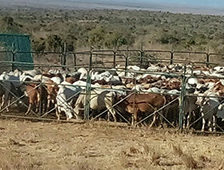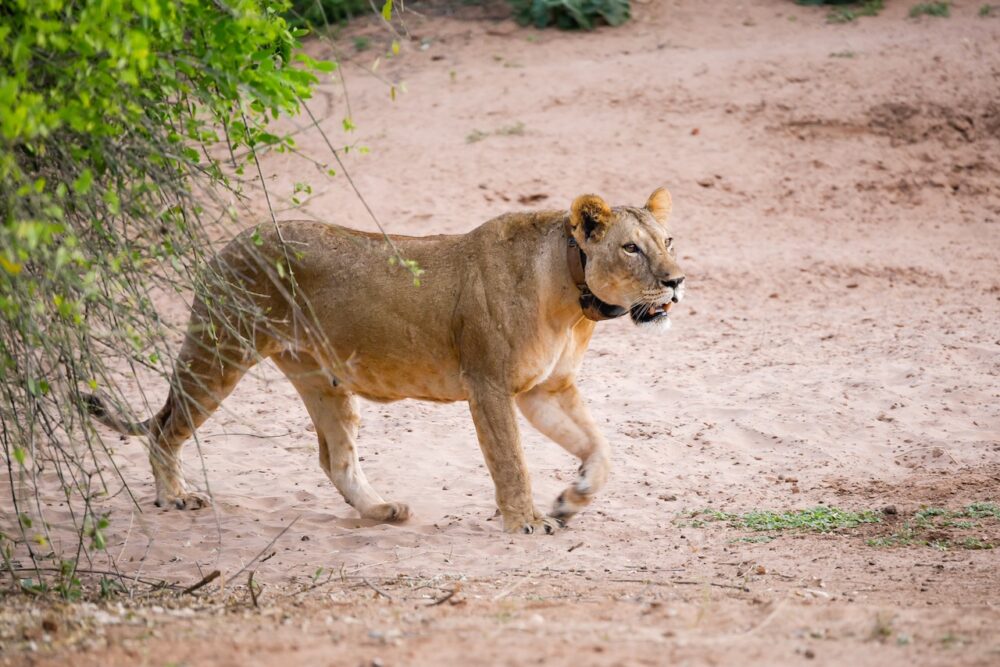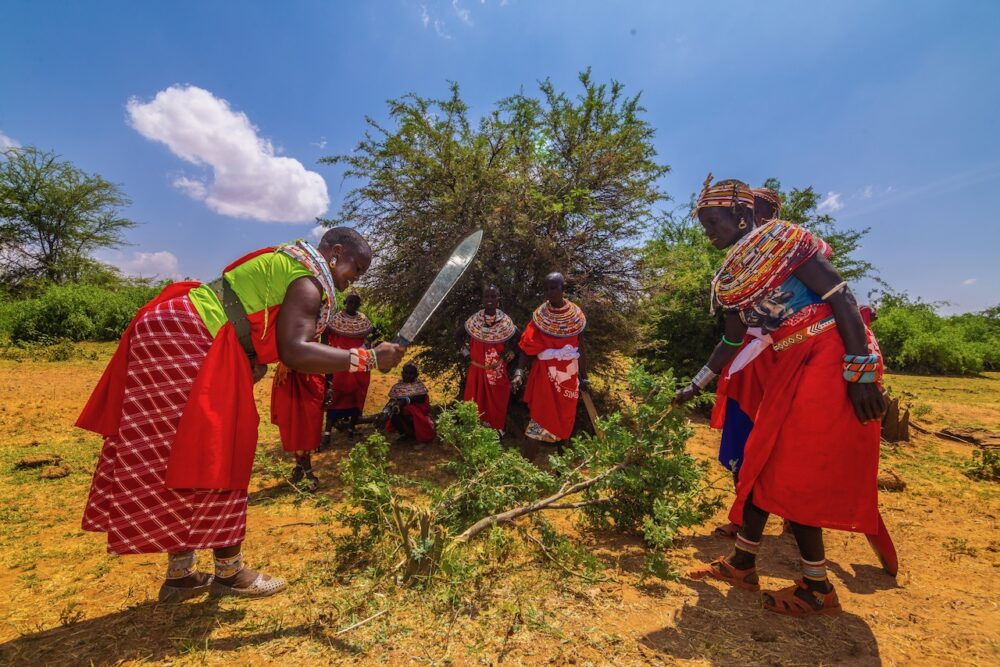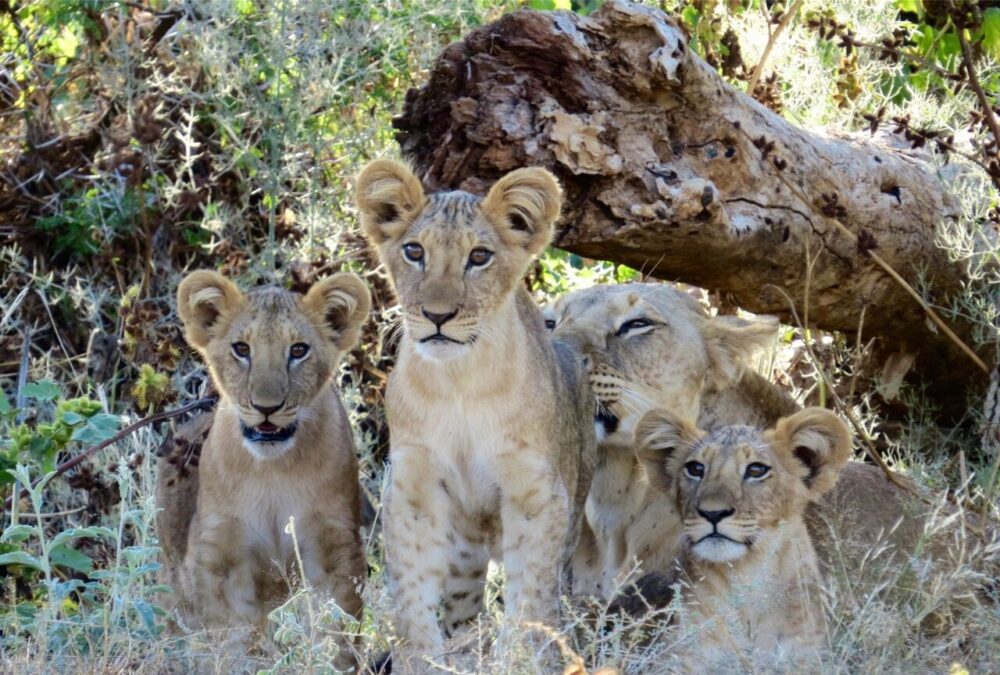The lion population on the Laikipia commercial ranches is an important source population of lions for the entire region. In the past two years, drought conditions in the wider area have led to some communities encroaching on private lands in the search of grass. This has resulted in increased human-lion conflict, as the lions on the ranches have encountered more livestock. Lions that had rarely or never killed livestock previously began killing them regularly, creating a propensity for killing livestock.
After the rains returned, community livestock herds returned to their traditional grazing grounds, yet the lions continued targeting commercial ranch livestock. This led to many of Laikipia’s lions being seen as ‘problem animals’, putting the lions at an increased risk of being killed by ranchers.
Laikipia ranchers have designed a new steel boma system, which is highly effective at protecting livestock from carnivores, as well as improving range management. We leveraged our good relations with ranchers to first try these new predator-proof bomas rather than having the ‘problem lions’ killed. We co-financed two new steel bomas on Loisaba Ranch, which was selected because it was being repeatedly attacked by lions and lost 5 cattle over the preceding 12 months.
Since the construction of the steel bomas, zero livestock have been killed by lions.
These new style of bomas are built of strong interlocking steel gates, so they are both light and portable, but also very strong. Livestock can be packed in (200 per boma), which deters lions from jumping inside.
The bomas are designed to be portable which means the grass management is better because they are moved to prevent overgrazing. They actually improve the condition of the grass because a short period of time exposed to a lot of cow dung and urea acts to fertilize the ground but does not destroy it. The boma is very durable and requires minimal maintenance, and does not require cutting of local trees or bush, like the traditional bomas do.
In short, these bomas protect cows, livelihoods, lions and the grassland. Anything tested and found to work in Laikpia could be adapted in other community areas, where livestock depredation by lions is a constant and on-going issue.
Lions have been shown to stop killing livestock when it proves to be too difficult. By replacing remaining weaker boma designs with steal bomas, thus making all bomas as lion-proof as possible, lions will hopefully again stop viewing livestock as a primary prey source. Should cattle loss be minimised, this measure could save a good number of lions from being killed, and these lions can live to disperse to other parts of northern Kenya to sustain viable populations.
The bomas were funded by National Geographic’s Build A Boma initiative and implemented in partnership with Lion Landscapes .





